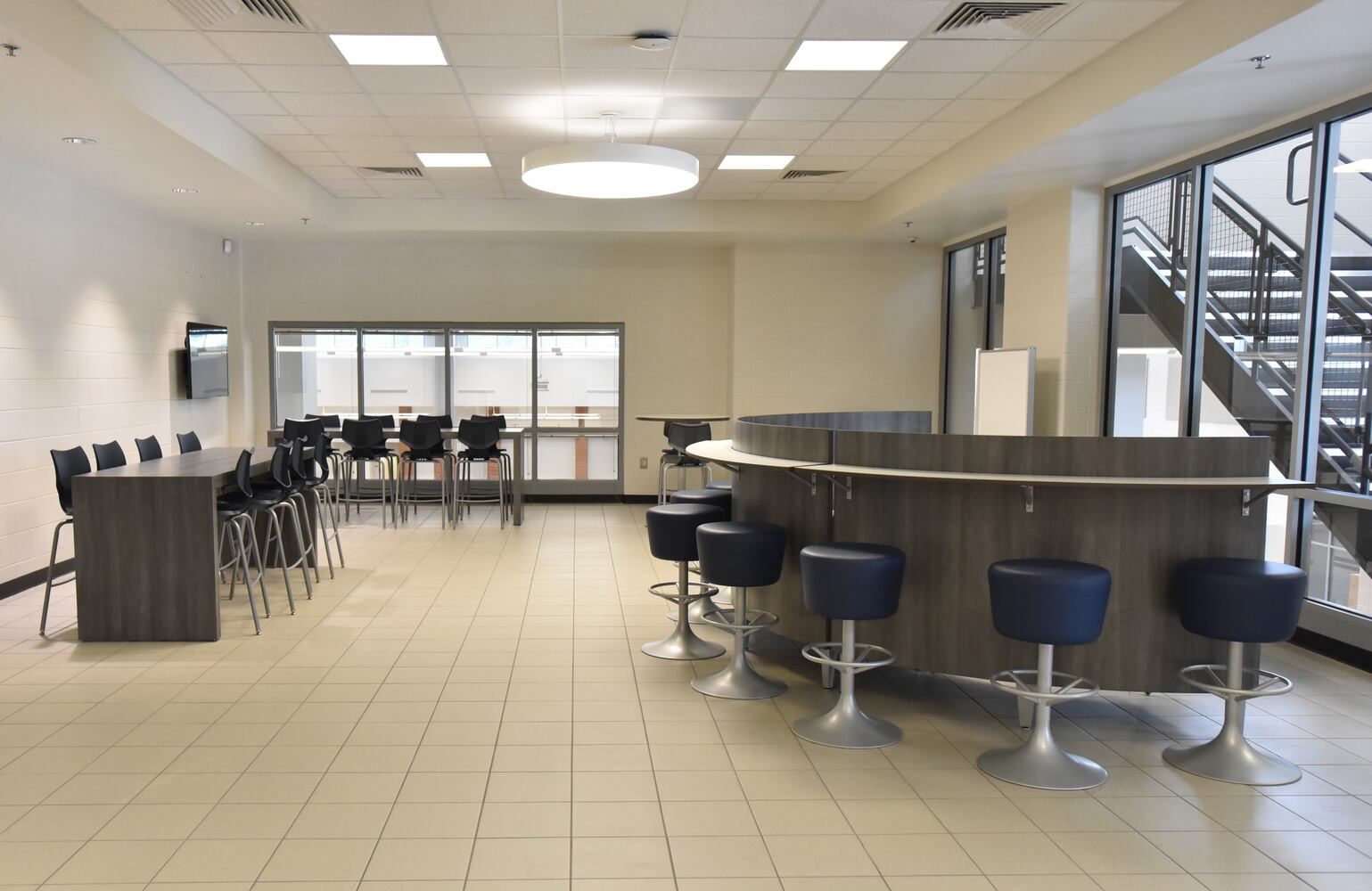Being good stewards of public funds requires vision for needs well into the future without ignoring what’s going on right now. This is challenging when it comes to new school buildings. Design needs have changed a lot since the era before the internet, when most city kids could walk to school in every grade.
"A school can no longer just be a school," said Richard L. Porter, director of the new Master of Real Estate Development program in the School of Building Construction at Georgia Institution of Technology. "In the future it will have several uses throughout the day and the week into the weekend."
This isn’t a brand new idea. About a decade ago, the American Architectural Foundation, in cooperation with Target Corp., hosted a forum called “School Design and Student Learning in the 21st Century” to look at changing educational practices and how design could enhance those. Here are some highlights from the report:
Recognize the paradigm change
Designers must respond more quickly to the ongoing changes in teaching and learning. The current models for school design are not evolving quickly enough, given what one participant called a “snowstorm of paradigm changes.” Flexibility must become a defining principle in school design.
Create new links to the national education reform effort
In the past, education reformers and designers have worked on separate but parallel tracks to improve our nation’s schools. What is missing is the creative link that allows both communities to join together to find ways to improve student achievement.
Build for a changing student population
There is a growing consensus among educators that American education should move toward universal prekindergarten programs. Architects must design new facilities to address the specific needs of these younger students. At the same time, the design community must recognize that an increasing percentage of K-12 students will be poor, members of minorities, or new immigrants and will have a much greater need for additional social services. Seamlessly co-locating these services in the design of new schools is one clear way to help close the achievement gap.
Design for the age wave
The impending retirement of millions of aging baby boomers in the next decade may dramatically expand the population of citizens who will want access to school facilities. Designing schools as community learning centers is one way to respond to the changing dynamics in this new era of lifelong learning.
Use technology to expand learning but recognize its limits
Students commonly have personal computers and other multimedia communication tools, and this shift is leading to a major redefinition of work spaces in school facilities. Even as technology gives students greater freedom to learn anytime and anywhere, technology has its limits. Schools still provide what students most need — access to teachers who provide wisdom and meaning in a rapidly changing world.
Design for health, safety and sustainability
The importance of daylight and indoor air quality are now givens for increasing student achievement. Other environmental factors, including lighting, sound, heating, and nontoxic materials, deserve greater attention.
Blur boundaries — design for community benefit
The traditionally rigid boundary between school and community is becoming blurred and will only become more so as technology increases the capacity of students to learn anytime and anywhere. There’s an opportunity to rebuild the connection between school and community and see the community and the larger environment as a valuable learning asset. School facilities serve multiple civic and social purposes beyond teaching and learning, and historically they have played a major role in the socialization of young people.
Involve citizen designers
Authentic community engagement makes for a better school and a stronger community. Diversity matters — who is at the table in the design of new schools matters a great deal.
Develop a campaign for innovative design
There is a growing disconnect between what is known about good design and what is happening in the field. Although some districts are incorporating new concepts, reaching a broader constituency across the country continues to be difficult. A tension exists between the value of good design and the reality of just getting a school built.
About the Author
The Latest
Featured





























